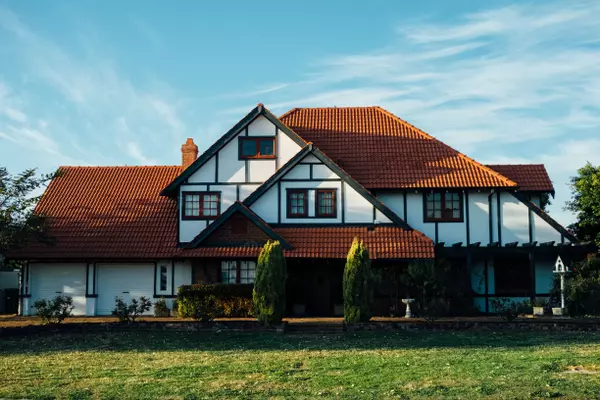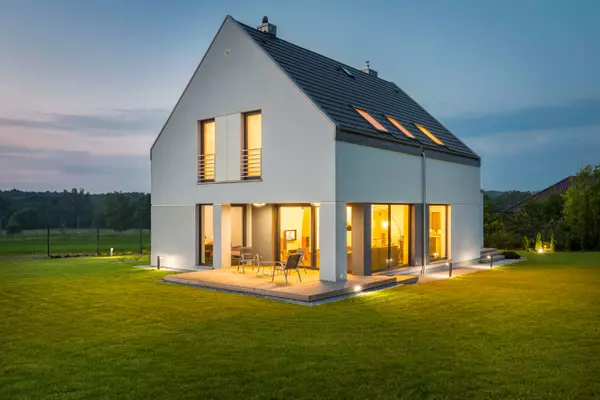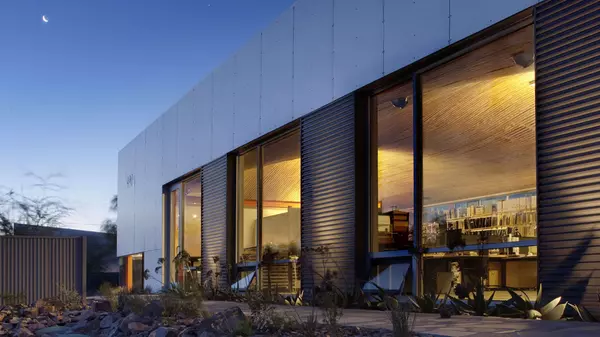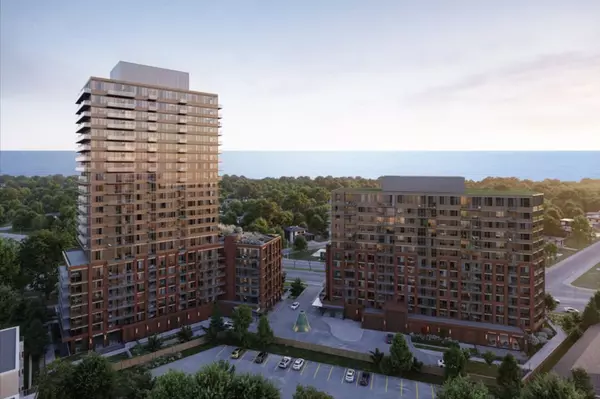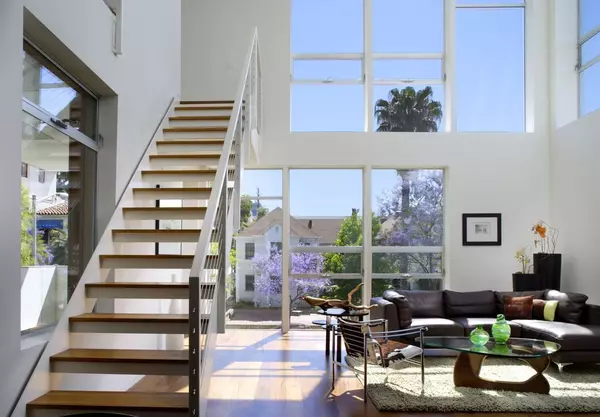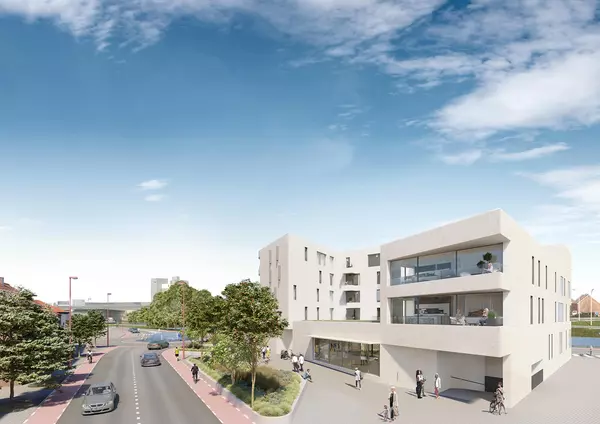Modular, Prefab, and Mass Timber: Are Factory-Built Homes the Next Investor Opportunity in Canadian Housing?
As Canada aims to build more homes, factory-built construction methods, including modular housing, prefabricated panels, and engineered wood systems like mass timber, are emerging as a potential solution to chronic bottlenecks in the housing supply chain.
Factory-Built Housing: Opportunities for Efficiency, Scalability, and Emerging Niches
Factory-built construction methods offer several distinct advantages for Canadian real estate investors.
Faster Timelines and Predictable Project Costs
One of the most immediate benefits of factory-built housing is the potential to shorten construction timelines and reduce cost variability. Modular and panelized units can be assembled in controlled factory settings, eliminating many weather-related delays and allowing for simultaneous site work and off-site fabrication. This “parallel path” construction model can compress delivery timelines by months, reducing holding costs, accelerating lease-up or sales, and helping investors realize returns sooner. Prefab units also reduce neighborhood disruption, making them ideal for urban settings where conventional construction may be difficult.
Cost predictability is another key advantage. Unlike traditional builds that are vulnerable to contractor delays or material price swings, factory-built systems often rely on fixed-cost contracts with defined delivery schedules. This improves financial forecasting and makes pro forma models more reliable, especially during periods of high construction inflation.
Design Appeal and ESG Value in Mass Timber
Mass timber construction offers a compelling blend of sustainability, aesthetics, and performance, particularly attractive in mid-rise urban infill and boutique multifamily developments. As engineered wood products such as cross-laminated timber (CLT) become more mainstream, they feature reduced carbon emissions and lower embodied energy than steel or concrete, along with their biophilic design appeal, which can support higher tenant satisfaction and retention. This is on top of mass timber’s faster on-site assembly, thanks to precision fabrication and lighter components.
Scalable Repeat Models and Multi-Site Potential
Factory-built systems lend themselves well to repeatable development models. Investors or developers with access to multiple lots can replicate unit designs and construction workflows across sites, streamlining project management and reducing soft costs per unit. This approach can be especially effective for infill projects with similar zoning or lot dimensions, missing middle housing strategies, or workforce housing.
Backyard Suites for Rental Income
One of the fastest-growing applications of prefabricated construction is the addition of detached secondary suites or garden suites to existing residential lots. These compact modular units can be placed in backyards as rental suites, guest houses, or intergenerational housing.
Property owners can generate additional income from rent, with relatively low capital outlay, and boost property value while preserving main-home privacy.
Government Policies and Support
Supported by a growing range of federal and provincial incentives, these construction methods promise to reduce costs, shorten build timelines, and help deliver more energy-efficient, climate-resilient housing. However, while government interest in factory-built housing is rising, actual uptake remains uneven across provinces, according to a Report Card on More and Better Housing.
Federal
The federal government has increasingly framed modular and factory-built construction as key to boosting Canada’s housing productivity. This includes the $500 million Apartment Construction Loan Program allocation, announced in 2024, which provides low-cost financing specifically for projects using prefabricated or innovative construction methods. This complements the $50 million Homebuilding Technology and Innovation Fund, managed by Next Generation Manufacturing Canada, which aims to scale up new construction technologies such as panelization, volumetric modular homes, and mass timber systems.
In addition, the federal Industrial Housing Strategy, still under consultation as of mid-2025, is expected to lay the groundwork for more coordinated action to support off-site construction across jurisdictions.
British Columbia
British Columbia is embracing factory-built construction. The province has launched multiple programs to encourage off-site housing solutions and support manufacturers in adopting new technologies, including:
- CleanBC Building Innovation Fund, which helps pilot and scale energy-efficient construction techniques;
- BC Manufacturing Jobs Fund, which supports companies producing advanced housing components;
- Mass Timber Demonstration Program, aimed at expanding the use of engineered wood in mid-rise and high-rise buildings.
BC is also investing in streamlining building code updates to accommodate modular and mass timber structures, and has introduced zoning reforms that help enable more flexible construction types.
Ontario
Ontario has committed to a $50 million housing innovation fund to encourage the use of non-traditional building methods. The province has also begun to explore opportunities to integrate modular housing into its planning system more fully, particularly as part of broader efforts to accelerate construction and simplify approvals.
However, while Ontario’s policy intent is clear, on-the-ground implementation remains in its early stages. Modular projects exist in the province, but scaling them to the level required to address the housing gap will require further investment in local manufacturing capacity, workforce training, and procurement reforms, especially at the municipal level.
Québec
Québec has begun to incorporate prefabricated housing into its broader housing strategy, with a commitment to purchase 500 modular units through the Canada–Québec Housing Accelerator Fund agreement. While this represents a relatively small portion of the province’s total housing activity, it demonstrates a willingness to support the sector and a potential for further expansion, especially if paired with regulatory streamlining.
PEI
Prince Edward Island has also shown interest in innovation through its broader housing reform strategy. While not yet a major hub for modular manufacturing, the province’s openness to new construction models, low development fees, and short approval timelines creates favourable conditions for potential pilot projects.
Constraints Still Slowing Broader Adoption
Despite rising interest and clear benefits, several challenges remain before factory-built housing can play a transformative role in Canada’s housing delivery system.
Manufacturing capacity is a major constraint. While modular builders exist across the country, the scale needed to meet national housing targets is beyond current levels. Additionally, municipal codes and permitting can be inconsistent, particularly when factory-built components cross jurisdictional boundaries. Harmonizing approvals and standardizing code interpretations will be critical to reducing project friction.
Financing and Insurance frameworks also require adaptation. Some lenders and insurers still view factory-built housing, especially newer forms like 3D-printed concrete or fully volumetric modules, as higher risk, due to unfamiliarity with the technology or lack of long-term data.
Over time, as provincial and federal programs mature and manufacturers scale up, factory-built homes and mass timber options may evolve further from niche solutions into a mainstream part of the Canadian housing system, although they are unlikely to fully replace conventional construction.
Recent Posts
